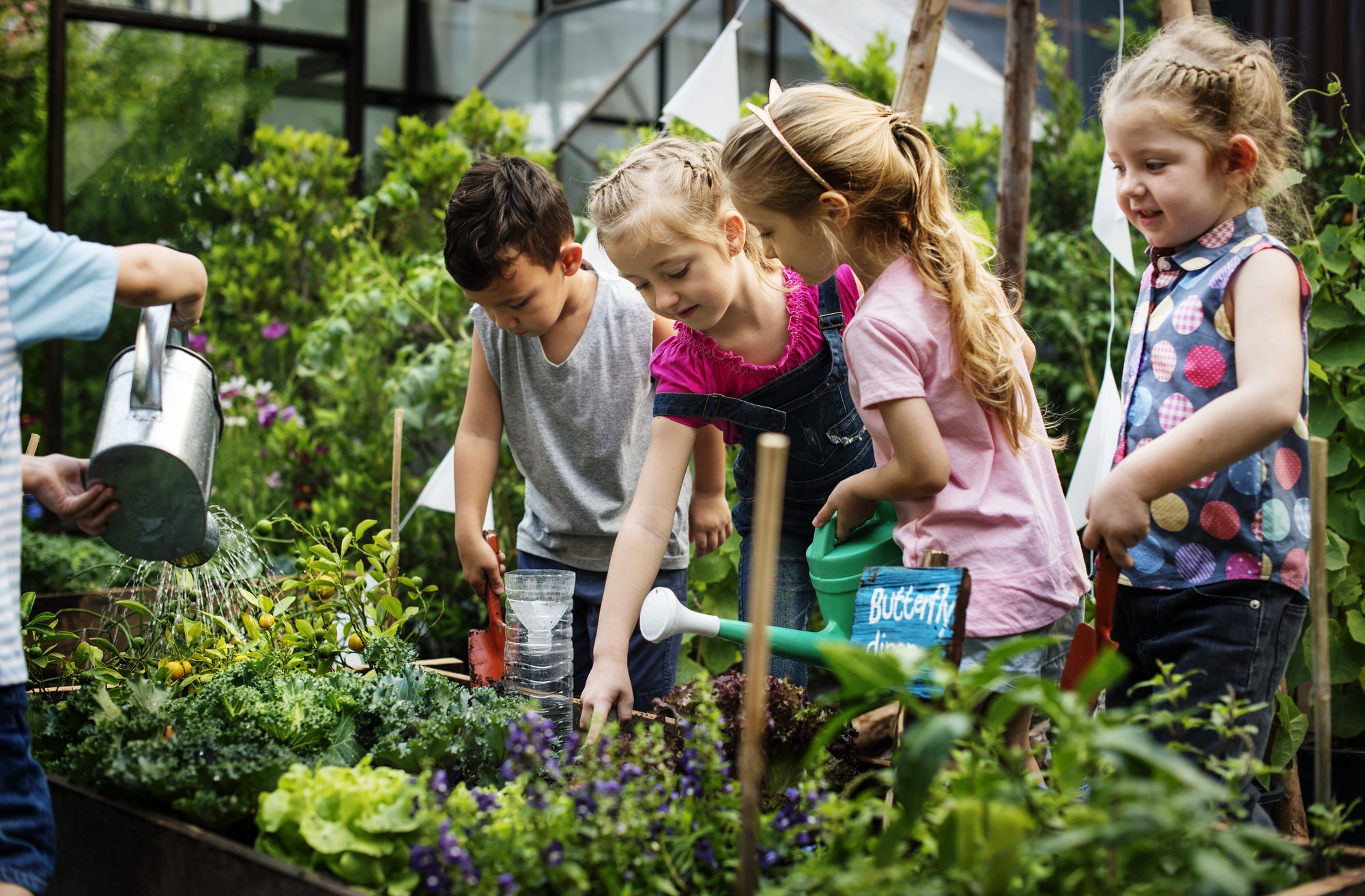If you have just bought a house, it may be difficult to maintain a garden. Whether you’ve neglected your yard for years, or are completely new to gardening, it is a natural process for plants to grow and die. Just remember that each plant has a natural life cycle, and some will shine for just one season and die in the summer. That’s okay, too. Some plants will last for decades, and others will be indifferent to their neglect.
The term “gardening” combines two closely related terms: farming and gardening. Farming is the production of food, while gardening involves growing plants for aesthetic reasons. Gardening, in contrast, usually involves growing crops that are edible or have other purposes. A variety of crops may be grown for both commercial and personal consumption. Alternatively, it may involve small-scale subsistence agriculture, such as growing potatoes in Ireland. However, the terms “gardening” and “agriculture” are often used interchangeably.
While most vegetables are grown for their edible parts, flower buds are also tasty. Broccoli flower buds, for example, are delicious. And if you are into eating the whole plant, you can chop up the seed pods and eat them. Some vegetables have seedless varieties, but the most basic varieties of vegetable plants all produce fruit-filled fruit. As with many plants, the ripeness of a tomato depends on its life cycle. Some tomato cultivars are available without seeds, making them easier to grow.
Another type of gardening is called life cycle gardening. During this phase, plants produce flowers, additional stems, and other edible parts. While most gardeners consider flower stems the end of the plant, life cycle gardening is more sustainable. It maximizes the yield of a plant’s fruits, vegetables, and flowers. In addition, life cycle gardening also promotes biodiversity. You can sell the flowers and the fruits of your labor at a farmers’ market.
The medieval period represents a period of decline in garden design for aesthetic purposes. After the fall of Rome, gardening became more common for medicinal herbs, while decorating church altars. This period was also marked by the growth of rock gardens. For many centuries, gardens in India were designed according to patterns of sacred geometry. For example, mandala patterns represented specific deities, planets, and constellations. These gardens were known as ‘Mandala Vaatika’, meaning ‘plantation garden’ or ‘parterre’.
Water is essential for early plant growth. Water helps seeds split the coat of their seed. If they cannot absorb water, their seedlings will die. It’s important to water your garden well before planting your seeds to avoid crop failure. If you want to be successful in your garden, you should test your soil and water your garden frequently. You’ll spend more time if you’re able to see your work. This means you’ll have fewer worries about watering your plants.
When it comes to teaching children about plants, there are plenty of activities to engage children in. For example, a garden book can teach kids about plant life cycles. You can prepare the book using real seeds or seed packets, or you can use a sandwich bag or zippered bag. In addition to the plant life cycle, your child can record observations. Older children can draw or write a description of their observations. A school garden book will help children record their observations.

